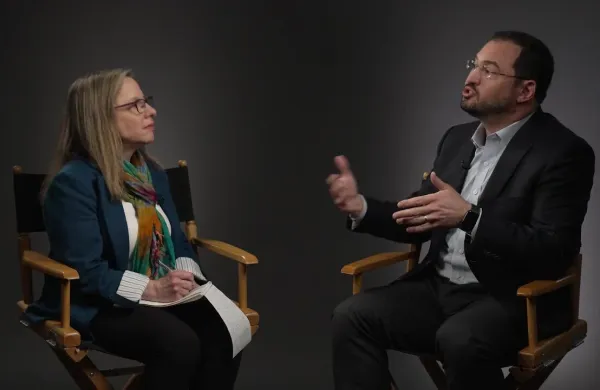Secondaries firms just had their best ever quarter of fundraising.
Private capital secondaries funds attracted a record $14 billion in the first three months of 2017, surpassing the previous quarterly record of $13 billion raised in final months of 2014, according to Preqin data.
Blackstone Group’s seventh Strategic Partners fund drove up the total with $7.5 billion in capital commitments, while three other funds from Neuberger Berman, Hamilton Lane, and Committed Advisors raised over $1 billion apiece. Cash is flowing into secondaries as the private-capital industry expands and buyout firms are taking longer to exit their deals.
Private-equity firms “are looking to find solutions for investors who are impatiently waiting to receive capital,” said Patrick Adefuye, head of secondaries products at Preqin. “That pressure for liquidity is creating a new avenue for secondaries.”
KKR closed a $13.9 billion private-equity fund earlier this year – an all-time high for Americas-focused funds – and as of this month, nearly 2,000 private-equity funds were seeking a record $635 billion, according to Preqin. But investment activity has not kept pace with fundraising: Deal values and exits were lower in 2016 than in previous years, contributing to high levels of dry powder and unrealized capital. As of June 2016, Preqin said mature private equity vehicles – buyout, venture capital, and growth funds still active after 10 years or more – had almost $200 billion in unrealized assets.
Private-equity firms return capital to their investors when they sell companies in their portfolios, or take them public.
The delay in exits has led to increased opportunities for secondaries funds, which have been able to take their pick of aging private capital portfolios, according to Adefuye. Investors are also being increasingly proactive about their private-equity portfolios, he said, by actively managing their investments on the secondaries market.
Paul Lanna, a partner at secondaries firm Coller Capital, said the firm is currently seeing opportunities in this area.
So-called limited partners “are continuing to reposition private-equity allocations in their portfolios which is driving deal flow in the secondary market,” he said.
Limited partners, such as pension plans, foundations and endowments, are the investors in funds managed by private-equity firms. Given the overall popularity of private equity today, Lanna added that the secondaries market should only continue to grow in the near future.
“Primary commitments today will ultimately be sold in the secondaries market,” he said. “You can expect that down the road you will see more secondaries activity.”







